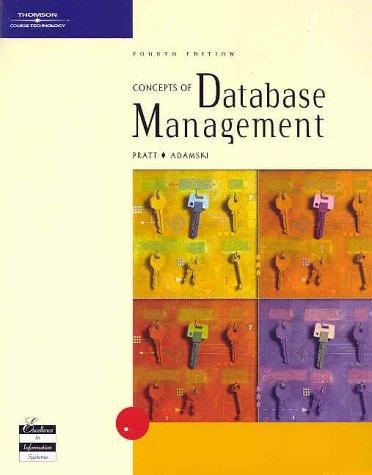Answered step by step
Verified Expert Solution
Question
1 Approved Answer
The purpose of this lab is to help reinforce container class concepts and linked list concepts in C++. Specifically, the lab to repeat the sequence
The purpose of this lab is to help reinforce container class concepts and linked list concepts in C++. Specifically, the lab to repeat the sequence lab from last week except to use a linked list. You need to use the author's files sequence3.h and sequence_exam3.cpp. Author - Michael Main, Book - Data Structures and other objects using c++, 4th edition
// FILE: sequence3.h // CLASS PROVIDED: sequence (part of the namespace main_savitch_5) // This is the header file for the project described in Section 5.4 // of "Data Structures and Other Objects Using C++" // This is called "sequence3" because some students already implemented // sequence1 (with a fixed array) and sequence2 (with a dynamic array). // // TYPEDEFS and MEMBER CONSTANTS for the sequence class: // typedef ____ value_type // sequence::value_type is the data type of the items in the sequence. It // may be any of the C++ built-in types (int, char, etc.), or a class with a // default constructor, an assignment operator, and a copy constructor. // // typedef ____ size_type // sequence::size_type is the data type of any variable that keeps track of // how many items are in a sequence. // // CONSTRUCTOR for the sequence class: // sequence( ) // Postcondition: The sequence has been initialized as an empty sequence. // MODIFICATION MEMBER FUNCTIONS for the sequence class: // void start( ) // Postcondition: The first item on the sequence becomes the current item // (but if the sequence is empty, then there is no current item). // void advance( ) // Precondition: is_item returns true. // Postcondition: If the current item was already the last item in the // sequence, then there is no longer any current item. Otherwise, the new // current item is the item immediately after the original current item. // void insert(const value_type& entry) // Postcondition: A new copy of entry has been inserted in the sequence // before the current item. If there was no current item, then the new entry // has been inserted at the front of the sequence. In either case, the newly // inserted item is now the current item of the sequence. // void attach(const value_type& entry) // Postcondition: A new copy of entry has been inserted in the sequence after // the current item. If there was no current item, then the new entry has // been attached to the end of the sequence. In either case, the newly // inserted item is now the current item of the sequence. // void remove_current( ) // Precondition: is_item returns true. // Postcondition: The current item has been removed from the sequence, and // the item after this (if there is one) is now the new current item. // CONSTANT MEMBER FUNCTIONS for the sequence class: // size_type size( ) const // Postcondition: The return value is the number of items in the sequence. // bool is_item( ) const // Postcondition: A true return value indicates that there is a valid // "current" item that may be retrieved by activating the current // member function (listed below). A false return value indicates that // there is no valid current item. // value_type current( ) const // Precondition: is_item( ) returns true. // Postcondition: The item returned is the current item in the sequence. // VALUE SEMANTICS for the sequence class: // Assignments and the copy constructor may be used with sequence objects. #ifndef MAIN_SAVITCH_SEQUENCE3_H #define MAIN_SAVITCH_SEQUENCE3_H #include// Provides size_t #include "node1.h" // Provides node class namespace main_savitch_5 { class sequence { public: // TYPEDEFS and MEMBER CONSTANTS typedef double value_type; typedef std::size_t size_type; // CONSTRUCTORS and DESTRUCTOR sequence( ); sequence(const sequence& source); ~sequence( ); // MODIFICATION MEMBER FUNCTIONS void start( ); void advance( ); void insert(const value_type& entry); void attach(const value_type& entry); void operator =(const sequence& source); void remove_current( ); // CONSTANT MEMBER FUNCTIONS size_type size( ) const { return many_nodes; } bool is_item( ) const { return (cursor != NULL); } value_type current( ) const; private: node *head_ptr; node *tail_ptr; node *cursor; node *precursor; size_type many_nodes; }; } #endif
Step by Step Solution
There are 3 Steps involved in it
Step: 1

Get Instant Access to Expert-Tailored Solutions
See step-by-step solutions with expert insights and AI powered tools for academic success
Step: 2

Step: 3

Ace Your Homework with AI
Get the answers you need in no time with our AI-driven, step-by-step assistance
Get Started


